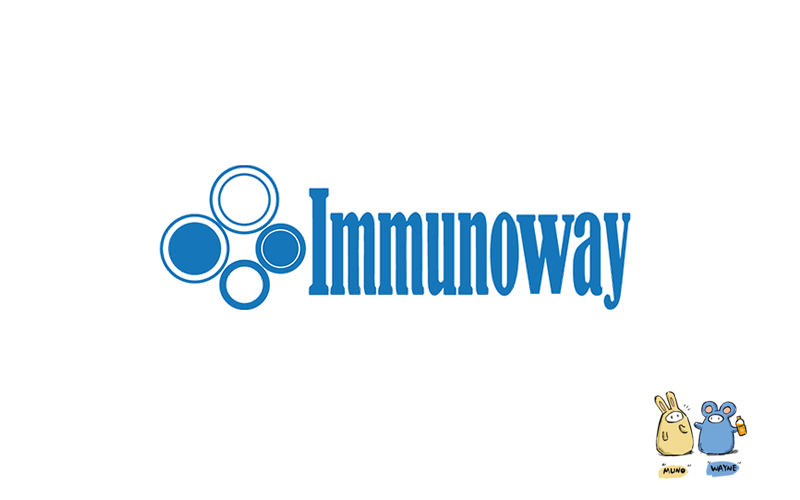
主要信息
Target
NAA50
Host Species
Rabbit
Reactivity
Human, Mouse
Applications
WB
MW
19kD (Calculated)
Conjugate/Modification
Unmodified

货号: YN7999
规格
价格
货期
数量
200μL
¥3,780.00
现货
0
100μL
¥2,300.00
现货
0
40μL
¥960.00
现货
0
加入购物车


已收藏


收藏
详细信息
推荐稀释比
WB 1:500-2000
组成
Liquid in PBS containing 50% glycerol, 0.5% BSA and 0.02% sodium azide.
特异性
This antibody detects endogenous levels of NAT13 at Human, Mouse
纯化工艺
The antibody was affinity-purified from rabbit antiserum by affinity-chromatography using epitope-specific immunogen.
储存
-15°C to -25°C/1 year(Do not lower than -25°C)
浓度
1 mg/ml
理论分子量
19kD
修饰
Unmodified
克隆性
Polyclonal
同种型
IgG
相关产品
抗原&靶点信息
免疫原:
Synthesized peptide derived from human NAT13
展开内容
特异性:
This antibody detects endogenous levels of NAT13 at Human, Mouse
展开内容
基因名称:
NAA50 MAK3 NAT13 NAT5
展开内容
蛋白名称:
N-alpha-acetyltransferase 50 (N-acetyltransferase 13) (N-acetyltransferase 5) (hNAT5) (N-acetyltransferase san homolog) (hSAN) (NatE catalytic subunit)
展开内容
功能:
N-alpha-acetyltransferase that acetylates the N-terminus of proteins that retain their initiating methionine . Has a broad substrate specificity: able to acetylate the initiator methionine of most peptides, except for those with a proline in second position . Also displays N-epsilon-acetyltransferase activity by mediating acetylation of the side chain of specific lysines on proteins . Autoacetylates in vivo . The relevance of N-epsilon-acetyltransferase activity is however unclear: able to acetylate H4 in vitro, but this result has not been confirmed in vivo . Component of N-alpha-acetyltransferase complexes containing NAA10 and NAA15, which has N-alpha-acetyltransferase activity . Does not influence the acetyltransferase activity of NAA10 . However, it negatively regulates the N-alpha-acetyltransferase activity of the N-terminal acetyltransferase A complex (also called the NatA complex) . The multiprotein complexes probably constitute the major contributor for N-terminal acetylation at the ribosome exit tunnel, with NAA10 acetylating all amino termini that are devoid of methionine and NAA50 acetylating other peptides . Required for sister chromatid cohesion during mitosis by promoting binding of CDCA5/sororin to cohesin: may act by counteracting the function of NAA10 .
展开内容
细胞定位:
Cytoplasm . Nucleus . Localizes to the cytoplasm in interphase cells (PubMed:17502424). .
展开内容
文献引用({{totalcount}})
货号: YN7999
规格
价格
货期
数量
200μL
¥3,780.00
现货
0
100μL
¥2,300.00
现货
0
40μL
¥960.00
现货
0
加入购物车


已收藏


收藏
Recently Viewed Products
Clear allToggle night Mode
{{pinfoXq.title || ''}}
Catalog: {{pinfoXq.catalog || ''}}
Filter:
All
{{item.name}}
{{pinfo.title}}
-{{pinfo.catalog}}
主要信息
Target
{{pinfo.target}}
Reactivity
{{pinfo.react}}
Applications
{{pinfo.applicat}}
Conjugate/Modification
{{pinfo.coupling}}/{{pinfo.modific}}
MW (kDa)
{{pinfo.mwcalc}}
Host Species
{{pinfo.hostspec}}
Isotype
{{pinfo.isotype}}
产品 {{index}}/{{pcount}}
上一个产品
下一个产品
{{pvTitle}}
滚轮缩放图片
{{pvDescr}}




















